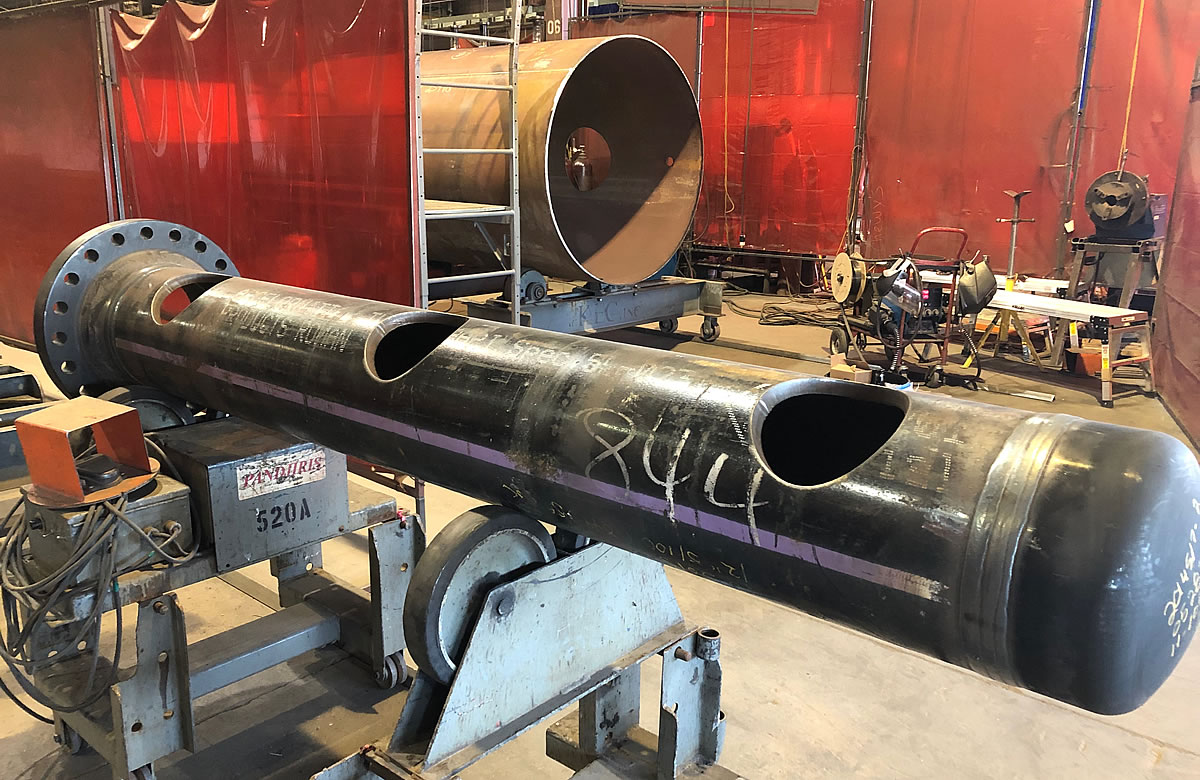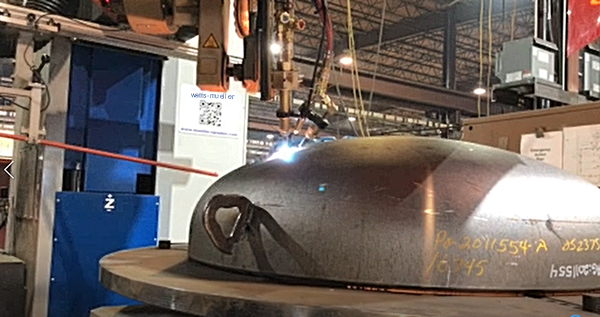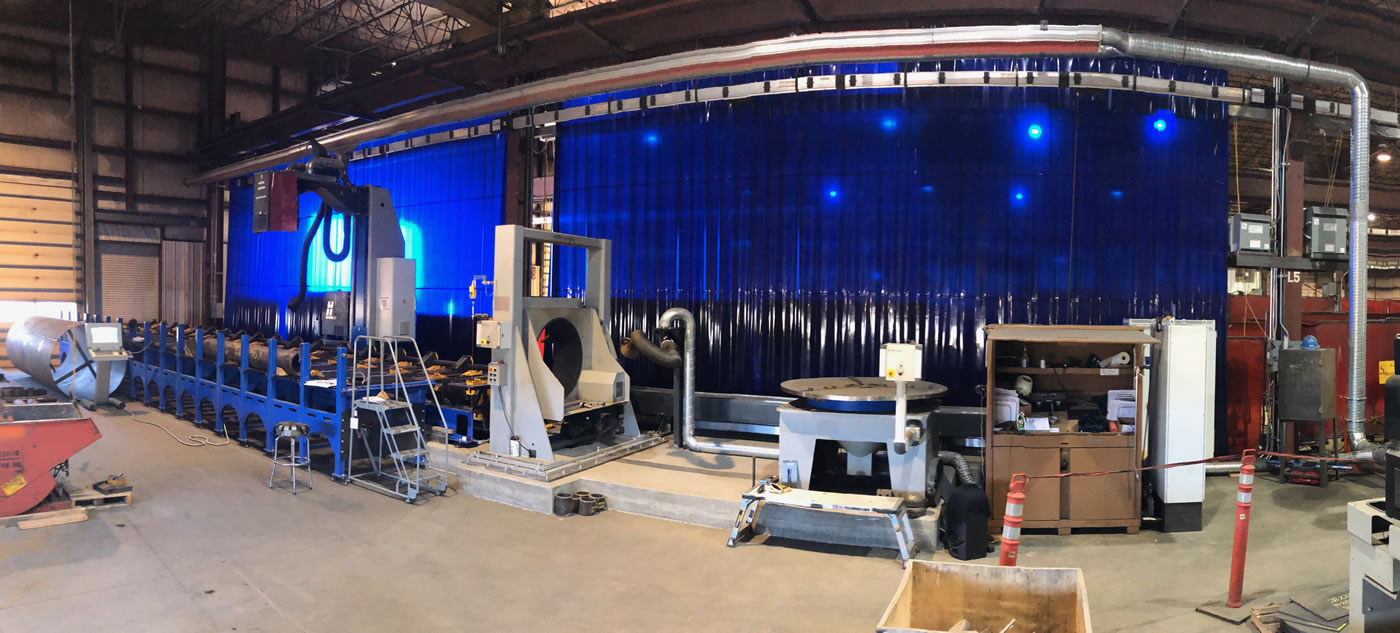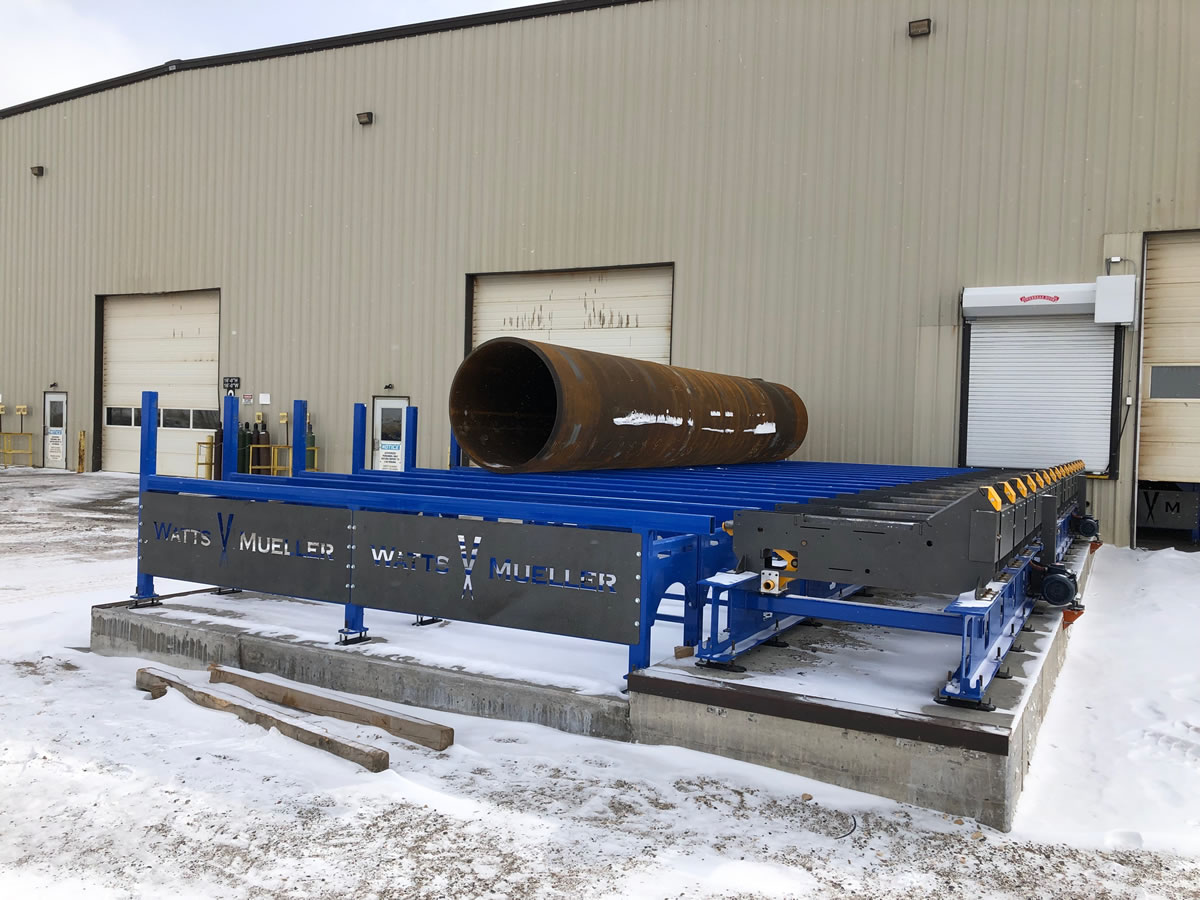Case Study - J.W. Williams Company
J.W. Williams, Inc., a subsidiary of AECOM, is an engineering and fabrication company with expertise in modular assembly of large industrial projects and a leader in the natural gas and crude oil industries.
Since 1963, J.W. Williams has been a cost effective "turn-key" solution provider for process equipment, including engineering design, fabrication, installation, assembly, start up, and field service needs.
The company has over 325,000 sq.ft. of manufacturing and fabrication facilities strategically located throughout the USA. The AECOM Corporate Headquarters is located in Los Angeles.
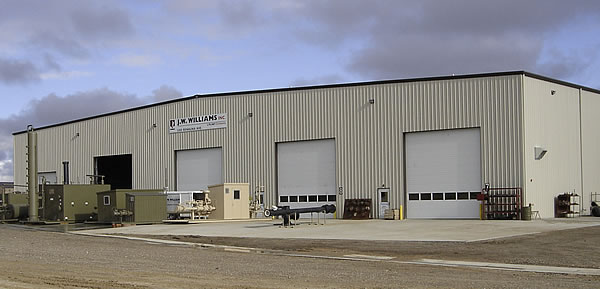
J.W. Williams Fabrication Shop - Casper, Wyoming
The Business Challenge:
"We needed to upgrade our machinery," said Jeremy Watts, Director of Production Systems Design for J.W. Williams, Inc. "We were getting more projects calling for large pressure vessels and larger pipe. We had an older machine capable of cutting up to 48" pipe and we needed a larger machine for our fabrication facility in Casper, Wyoming." "We also had projects calling for significant quantities of pipe that required several joints and bevels," continued Jeremy Watts. "Cutting joints on our older machine was far too slow and required too much prep work for pipe fit-up. We needed a machine to increase both efficiency and quality."

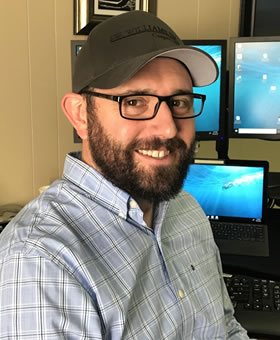
Jeremy Watts, Director
Production Systems Design
After serving in the Army for five years, after his discharge Jeremy worked in the construction world, then went to school and earned a degree in Drafting and Construction Management.
Jeremy joined J.W. Williams in 2004 as an autocad drafter. He worked his way up into management and now he manages the Engineering, Estimating and Drafting departments. Jeremy has been working at J.W. Williams for 15 years and works at the Casper facility. As part of the Engineering team Jeremy is involved in machine purchasing and installations.

The Watts Solution:
"During the search process I attended the FabTech Conference looking for a machine," said Jeremy. "I noticed that Watts had a booth, so I stopped and talked with David Carr. He and I had known each other for several years from when we had purchased the older machine. I became more interested when I learned of the larger machines coupled with the advanced software.
We scheduled a visit to Houston where I could watch two different Watts machines at work in fabrication shops. I was able to see a WM-120 machine cutting 120" vessels. I also paid close attention while watching a bunch of Watts videos."
WM-60 (6 axis) Machine
"We were landing more contracts calling for 60" OD vessels," continued Jeremy, "so we purchased a
WM-60 machine with a 40ft bed and a 40ft conveyor outside the fabrication building with a large onloading rack."
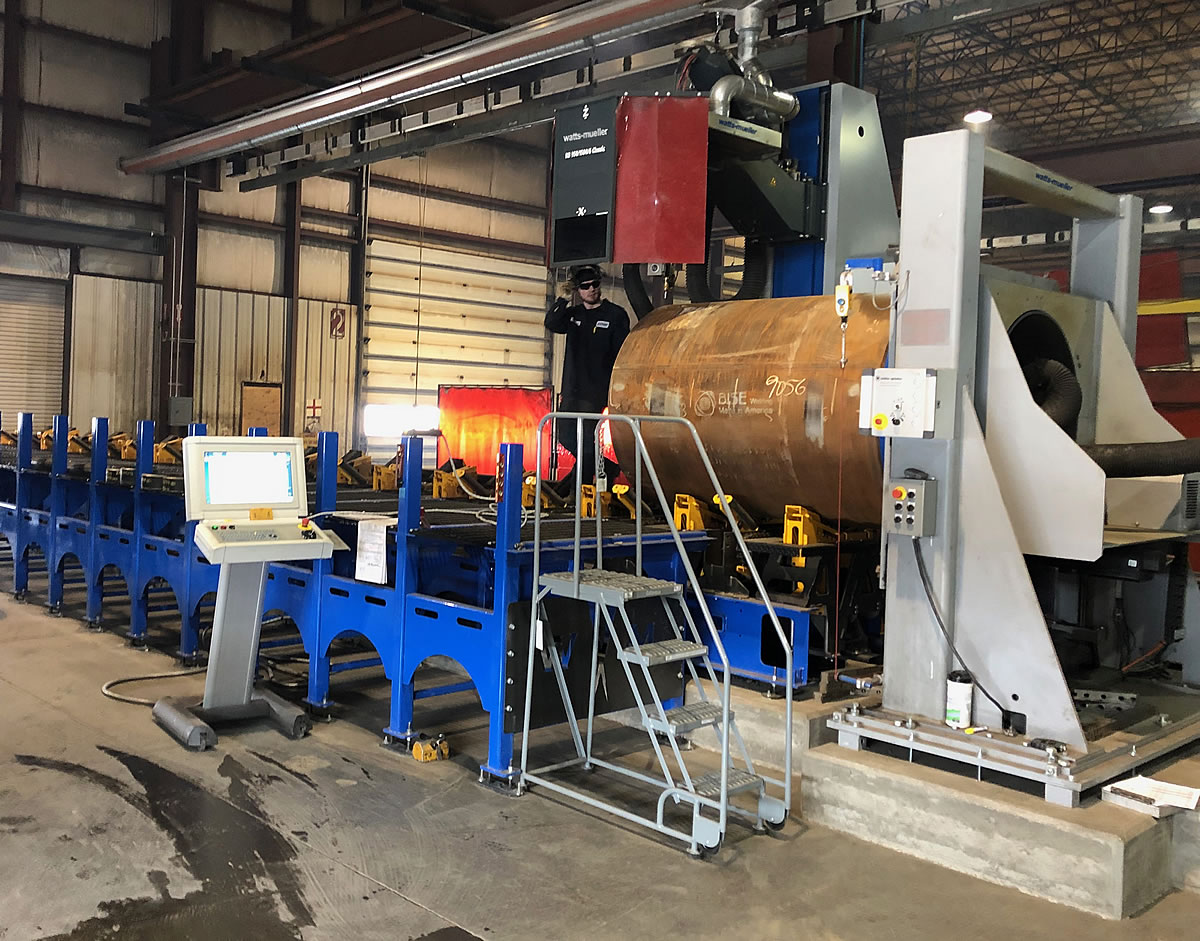
The Watts Difference:
"We were spending too much time cutting joints and prepping pipe," said Jeremy. "Prior to having the Watts machine in production it would take two full days with four men to cut, bevel and prep all the pipe pieces we needed for a project. Now we get the same amount of pipe cut, with perfect bevels, in six hours. There is no laying out the pipes, no chalk lines, no need for QA to check everything prior to cutting. The cuts are loaded into the pipe cutting software and the machine does the job."
ROI Cost Study Numbers
"Our initial cost study indicated that we would save enough in labor and materials to pay for the machine and the accessories in only two years," continued Jeremy Watts. "We are cutting around 50-80 vessels per month with 150-200 pipe cuts per month. The majority of our work is on vessels with nested pipe cuts."
"Now that we have been using the machine we are seeing a 10:1 ratio; what normally would take 10 hours with the old system of cutting and grinding by hand can be done in one hour. I initially figured a savings payoff for the whole purchase in only two years and from what we have already seen this looks like an accurate assessment."
